Headphone performance.
One of the first tests I like to perform with any device isn’t how it sounds, but rather how it doesn’t sound. Pairing up the Uniti Atom with the reasonably sensitive Focal Clear via the rear-mounted XLR connection (something that does, admittedly take a little getting used to) and turning up the volume to max (while carefully keeping away from the ‘play’ button!) reveals no sense of noise-floor whatsoever, just a completely black background. When I ran the same test with the 10-ohm Craft FOUR CIEMS from Craft Ears does reveal a rather audible noise-floor hiss, even when muted. It seems that we have a device on our hands that is best suited for full-sized cans here – which I suspect that most prospective owners will be using the Uniti Atom for, anyhow. The Uniti Atom has an identical 4.7-ohm output impedance from each of the headphone outputs, which also suggests that we may face some frequency response niggles with lower impedance headphones and IEMs. A quick transition from the Uniti Atom to the Rupert Neve Precision DAC (which has an output impedance of around 0.01 ohms at 1kHz) does provide a slight rise in low-end fullness and rounding of bass notes using the 13-ohm Dan Clark Audio Aeon 2 Noire, but it does so in a completely tasteful and enjoyable way – it’s by no means loose or bloated.
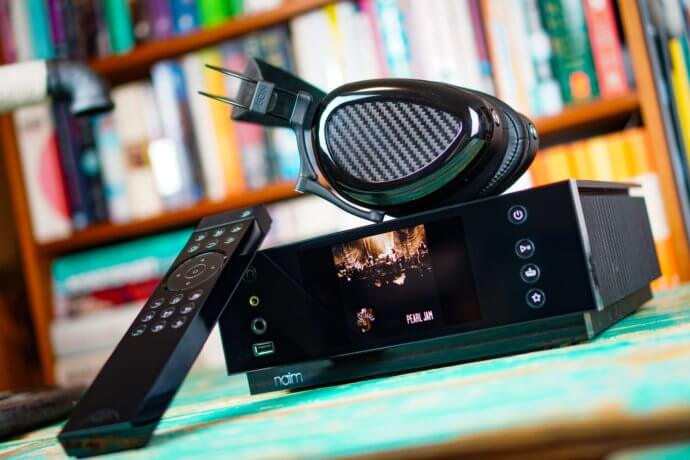
Despite the Aeon 2 Noire’s low impedance, its low sensitivity of 92dB/mW makes it actually quite a difficult headphone to power properly. The Uniti Atom doesn’t break a sweat getting those V-Planar drivers working to their fullest potential, with ’40’ increments of volume getting Luther Vandross’ ‘Never Too Much‘ up to toe-tapping standards, with ’50’ (ie. halfway on the volume pot) being the most I needed to extract a brief period of enjoyable, spirited performance out of the Aeons. The first thing I’ll usually note about a headphone amplifier’s sound is its sense of tone or voicing, but in the case of the Uniti Atom, the thing that struck me immediately was its sense of immersion. With well-recorded and mastered music the Uniti Atom puts you right into the music, with a believable and enjoyable sense of spatial cues. Before I knew it, I found myself playing through Luther Vandross’ entire album, and I was having a hell of a time doing it. The walking bass in ‘She’s a Super Lady‘ absolutely slaps on the Aeon 2 Noire. The Uniti Atom isn’t a cold, transparent window into your music – rather, it’s a velvety and textured presentation that’s better suited to digging through album-after-album of fatigue-free, decadent listening as opposed to using it as a tool to ruthlessly interrogate a mix. That’s not to say that it’s not a detailed presentation – far from it – but the Uniti Atom provides the slightest hint of warmth and tonal mass with a gentle tapering of treble information to provide an entirely musical and luxurious presentation.
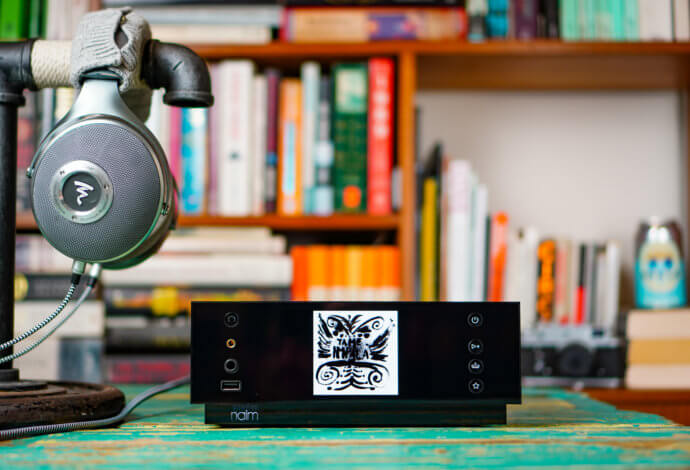
The original Focal Clear, as well as being one of my all-time favourite open-back dynamics, are entirely truthful when it comes to judging the tonal and spatial abilities of the device that’s powering it. The Clear can tend to lean a little cold, bordering on brittle, but it’s an absolute Goldilocks pairing with the Uniti Atom, and probably provided my favourite pairing with it while I ran it through its paces. When fed with a more musical source, the Focal Clear can simple ‘disappear’ from your head and make you forget that you’re actually listening to headphones, and this is very much the case with the Uniti Atom. The Uniti Atom + Clear pairing puts you right inside the mix of George Benson’s ‘Give me the Night‘, creating a stupidly good spot-on sense of imaging and absolutely perfect note decay. The Clear isn’t a difficult headphone to power at 55-ohms and 104 dB/mW, and I had the Uniti Atom set at ’32’ volume increments for most of my listening with the two. Swapping the Clear’s XLR cable for a 6.3mm single-ended one didn’t yield any audible benefits from ‘going balanced’, but it does indeed confirm that the power output is identical from each of the Uniti Atom’s three headphone outputs, irrespective of topology.
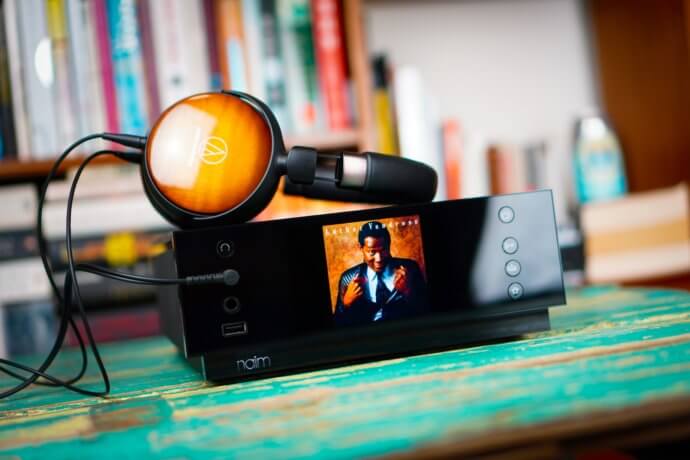
Deciding to take a turn directly into the ‘fun’ zone, I reached for the Audio Technica ATH-WP900 and a bit of ‘Use Your Illusion II‘. The WP900’s provided 4.4mm Pentaconn handily plugs right into the front of the Uniti Atom, and it doesn’t take too much twisting of that terrific volume wheel to get ‘You Could Be Mine’ (my favourite ‘Gunners’ song) wailing at ’28’ on the front display. The ATH-WP900 might be pitched as a portable device, but I could very happily live with it as a dedicated desktop pair of cans with a source like the Uniti Atom. The bass is unashamedly very present on the WP900 but the Uniti Atom keeps a firm yet encouraging hand on it at all times, all the while extracting a pristine and transparent treble performance from the little wooden Audio Technica. I must point out, however, that there is a barely audible, yet present noise floor that can be detected with the ATH-WP900. It disappears once music starts playing, but it’s definitely there. I didn’t find that it detracted from my listening experience but it would be remiss of me not to mention it.
The Sennheiser HD650 is a staple for sheer musical enjoyment, and with good reason – they’re simply one of the most lifelike and coherent-sounding headphones ever made. The Uniti Atom effortlessly extracts a thoroughly musical performance from the legendary HD650, requiring a mere ’37’ for enjoyable listening levels. Pairing the HD650 with the Uniti proved to be a simply relaxing and decadent experience. I found myself delving into some unexplored jazz artists with this combination – not my usual musical bag – but thanks to the ability of the Uniti Atom to help you delve deep into streaming playlists combined with the ‘lean back’ nature of the Sennheiser HD650, I found more than a few hours lost spent thoroughly enjoying record, after record. And it wasn’t just a relaxing performance with this combo, it was also rather technically adept as well. The Uniti Atom never once lost control of Ben William’s terrific bass performance on his ‘I Am A Man‘ record, managing to extract a nimble and dynamic performance from those 300-ohm drivers, while the horn section and vocals in the track ‘If You Hear Me‘ were rendered absolutely perfectly in terms of tone and texture. While the Uniti Atom is a very expensive proposition, I can genuinely see people happily pairing the relatively affordable HD650 with it and calling it ‘A Day’ – such is the mix of musical enjoyment and sheer convenience.
The pairing I found most all-enveloping with the Uniti Atom was in fact a distant relative of it – the superb Focal Radiance, which was awarded with a place on the Headfonia ‘Recommended’ list earlier this year by Yours Truly. The luxuriously-built closed-backs are not only a perfect aesthetic pairing with the all-black Uniti Atom, but when you plug the Radiance into it you suddenly forget that the outside world exists – the musical envelopment that happens inside the sumptuous Pittards leather earcups is nothing short of decadent. The Uniti Atom only needs to reach ’30’ on the volume wheel before you’re leaning back and tapping your feet to Living Colour’s ‘Love Rears Up Its Ugly Head‘. The Uniti Atom ekes out every inch of the Radiance’s dynamic punch capabilities, with a smile-inducing sense of slam and a mid-range and vocal performance from Corey Glover that needs to be heard to be believed.
Uniti Atom vs Rupert Neve Precision DAC.
I have the good fortune to have another very high-end DAC/amp device in the house at the moment for review, the $4,995 USD Rupert Neve Fidelice Precision DAC. The Rupert Neve might not have the networking and convenience factors of the Naim, but it does make up for this by way of an impeccable lineage – Rupert Neve being perhaps the most revered name in the pro audio world, responsible for studio gear that recorded and mixed some of the most important music of all time. I won’t get into the aesthetic and form-factor differences between the units too much here, but I will remark that the Fidelice DAC is very much a more deliberate kind of device. There’s no remote and no fancy streaming here, but it does have the exact same digital inputs and analogue inputs (plus a pair of XLR inputs) plus the same array of headphone outputs. This is a device built for serious listening, not for convenience – you’re certainly going to need to BYO music source here. Compared to the Uniti Atom, the AK4497-equipped Fidelice DAC certainly lives up to its name – it’s all about precision here. While the Uniti Atom is all about ‘lean back’ immersion, the Fidelice pulls back the curtains and ruthlessly reveals the inner workings of a mix. The Rupert Neve offers an extra degree of treble incisiveness and insight, as well a a greater sense of a diffuse soundstage – you get more of a sense of space between notes and the blackness that lies in between them. Ultimately these are very different devices with entirely different philosophies, use cases, and intended audiences – the reviewer in me (and the retro-enthusiast) in me wants to lean towards the Rupert Neve in terms of providing sheer analytical and technical prowess, but the music fan and pragmatist in me would probably prevail. The in-built ‘smarts’ of the Naim are too compelling a proposition to ignore, as is the significant price saving. Having said that, I do need to spend a lot more time with the Fidelice Precision DAC before I cast my final judgement.
Uniti Atom vs Schiit Jotunheim 2.
Another device that I have in the house for review at the moment is the new Schiit Jotunheim 2. I know, you’re probably asking why I’m comparing a $399 USD headphone amplifier with the Uniti Atom, but that’s because I wanted to see how it stacks up against a dedicated, discrete headphone amplifier. The Schiit has oodles more power with a whole 7.5 Watts on tap from its XLR output, and offers a punchier, more forceful performance out of the Aeon 2 Noire which makes the Uniti Atom feel somewhat more subdued and ‘flat’ by comparison. There’s a smidge more bass and treble extension on the Jotunheim 2 which aids the perceived effect of a wider soundstage compared to the more ‘immediate’ sounding Uniti Atom.
Final thoughts.
The Naim Uniti Atom Headphone Edition is the first device that’s come along that has genuinely made me believe that the ‘future is here’ when it comes to how we can enjoy listening to headphones. I cannot overstate how impressive the total product experience of this device is, from the first opening of the box to the time that you have to switch it off and say “good night” to it at the end of the day. Naim has absolutely knocked it out of the park in terms of building a one-box solution that provides you with the ability to simply grab a pair of headphones, and start playing music into them from any number of sources – and that’s selling it short.
Calling it a DAC/amp/preamp/streamer doesn’t begin to explain the benefits of the Naim Uniti Atom Headphone Edition – it’s so much more. The day has come where you can genuinely enjoy listening to all your favourite music, without needing a single source device plugged into it, or even a computer – simply add your streaming platform of choice into the Naim app, and you’re off to the races. Add to this the fact that its headphone performance is absolutely terrific, and you have a stone-cold winner on your hands. $3,299 certainly isn’t cheap, but the Naim Uniti Atom Headphone Edition is worth every penny – it rewrites the value equation, and then some. Trust me, you’re not going to want to buy another ‘box’ to park on your desk for a long, long time. An unreserved recommendation, the Naim Uniti Atom Headphone Edition goes straight to our ‘Recommended’ list.
Page 1: Naim, Naim Uniti Atom HE
Page 2: Presentation & Build, User Experience








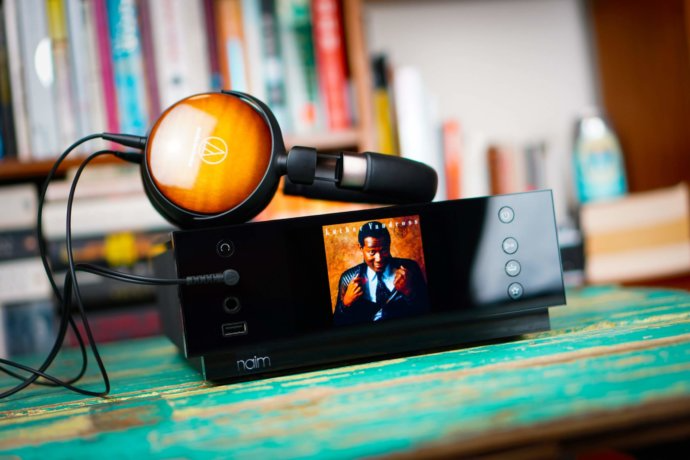
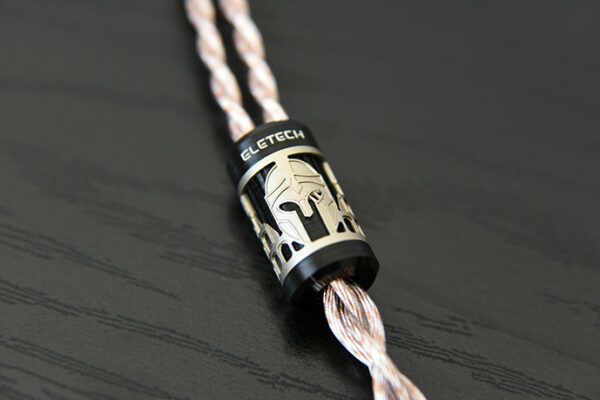
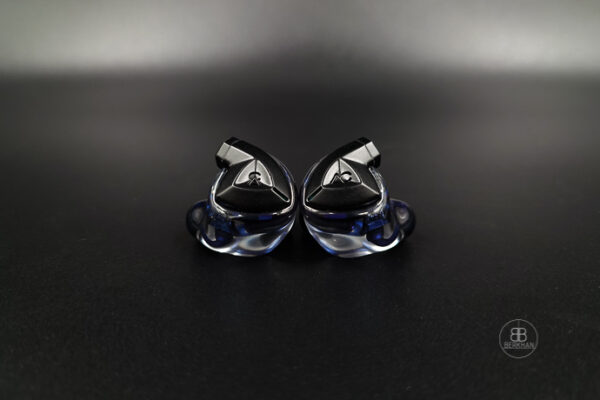
Tibor Michalčík
Hi.
From the moment I have seen this device I am in love. It has everything I need and want in one piece. You have it already in the house, good jobbb done again, thanks. I believe I have very similar taste, as you do, on gear and how it should sound, maybe I will give on your recommendation again. Thank you.
But… You take such good pictures, why do we get those sd sizes? It looks awful on my screen… but keep posting!
bye 🙂
Lucas Rocha
How does it compare with the Focal Arche and Hugo 2?
Matty
Hi Lucas, I don’t have the Arche on hand for a direct comparison but in terms of tonality they are reasonably similar-sounding – their analogue capabilities in terms of the amplification and preamp stages are about the same. The Arche is pitched more at the Focal owner, with its key selling factor being the EQ settings for those headphones. The Uniti Atom is far more capable when it comes to its streaming and digital abilities, making it a far more versatile device.
Noah Chen
In comparing the dac of the Naim Uniti HFE to the Schiit Bifrost 2, it seems that you feed the output of the Bifrost into the Naim’s analog inputs: “However, this being a review website, it would be only prudent to see how the Uniti Atom performs when fed with an external DAC through its RCA inputs.” This is suspect as a way of comparing the 2 dacs; case A: digital source -> Naim digital input -> Naim internal dac -> output. case B: digital source -> Schiit -> Naim analog input -> Naim A/D -> Naim internal dac -> output.
Get it? Because the Naim Uniti is a digital based system and runs analog inputs through an A/D converter and then through its own dac, in both cases you are listening to the Naim Uniti dac.
If you wanted to compare the Naim dac to the Schiit dac, you would need a third device such as a purely analog headphone amp, then case A: digital source->Naim Uniti->analog headphone amp, versus case B: digital source->Schiit Bifrost->analog headphone amp.
Noah Chen
Please see the following for discussion about the digital nature of Naim’s Uniti series: https://forums.stevehoffman.tv/threads/does-the-naim-uniti-series-convert-analog-inputs-to-digital.864499/
SHM
While the Uniti Atom Headphones Headphone Edition seems to be excellent in all the ways you’ve noted, I’m bewildered why this isn’t compared to the Matrix Audio Element X, which has nearly identical abilities, if not quite as flashy an interface or remote. And they are almost identically priced.
Matty Graham
Hi mate, it’s not always possible to have gear available for direct comparisons – especially when we’re talking about similarly expensive items, as you’ve pointed out. The Matrix device does look like it competes in this space, but not having heard it I can’t provide any thoughts on it.
MhtLion
I disagree. If the headphone amp of $3,299 product cannot beat $399 standalone headphone amp – I think it’s a complete shi**y proposition. Just my personal opinion.
Nicholas Chan
I can’t believe they are still using a 10/100 connection… It’s year 2021….
Dubreuil
Hello.
I am surprised by your claim that the Naim Uniti Atom Headphone Edition has a Dac Burr-Brown, like it’s brother, the Uniti Atom, and therefore capable of decoding digital files up to 32bit / 384kHz. However, if I am not mistaken, this is not correct, it is equipped with a DAC from Texas Instrument, and moreover cannot decode 32 bits, but only 24 bits / 192 kHz; It is off the mark. I don’t understand either, why you describe “inputs”: 2x Optical S / PDIF in 96kHz, Coaxial RCA (up to 24bit / 192kHz, DoP 64Fs), whereas obviously, they are outputs. In short, a lot of imprecision.
Matty Graham
Hi Dubreuil, thanks for taking an interest in the article. Burr Brown Audio is owned by Texas Instruments, so yes – you are technically correct. The specifications I received state that the unit is capable of decoding up to PCM 384kHz via USB and network inputs, but it’s clear that there isn’t a super detailed breakdown of parts of specifications on the product page and there is some variance between retailers and distributors. I can promise you that the listed digital inputs are in fact inputs, not outputs – I tested them, and the label that says ‘digital inputs’ above the connections is also a bit of a giveaway.